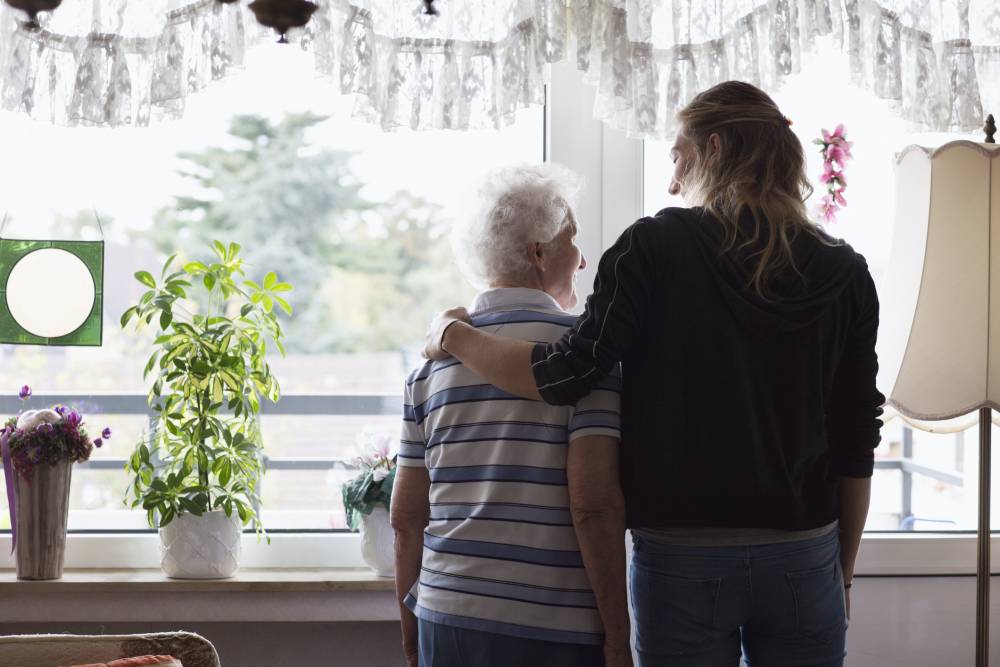
Boosting funding to the care sector would deliver huge economic and social benefits and would help to alleviate some of the disadvantages many women face, new research has found.
The recent federal budget was criticised for mainly benefiting men. It targeted apprenticeships and traineeships, of which two-thirds are taken by men, construction, and tax breaks, which will mainly affect the mining and manufacturing sectors.
The female-dominated care sector – aged, disability and child care, with some of the lowest paid workers in the economy – was largely overlooked.
But research by the Centre of Policy Studies, commissioned by the National Foundation for Australian Women (NFAW), reveals that greater funding in the care sector would not only have benefits for the fabric of our society, it would have significant economic advantages too.
Previous studies have found more than 900,000 Australians who provide unpaid care to the elderly, disabled people and children under five, would like more hours of paid employment.
The research considered the economic benefit if the government invested in the care economy to enable these unpaid carers to work an extra 10 hours a week in paid employment.
The modelling was based on the government paying carers to deliver additional government-funded services as well as higher wages for care workers.
The modelling found that annual GDP would increase by $1,270 per person, or more than $30 billion in total every year.
In addition, it would create more jobs and better conditions in the care sector, “a worthy outcome in itself”, observed Janine Dixon, the author of the study and Economist at Centre of Policy Studies, Victoria University, and Helen Hodgson, Professor, Curtin Law School and Curtin Business School, in an article in The Conversation.
It would also provide economic stimulus to all sectors by freeing people up to participate in the labour market.
Investing in care also addresses female economic disadvantage by reducing the wage gap and changing the circumstances that often “set limits” on what women can achieve in their careers. Average incomes of both women and men would rise, although women’s by a larger degree, the analysis found.
Increased labour market participation would stimulate the entire economy, increasing economic growth and raising tax revenue for the government to the extent it would offset most of the cost.
The government could slightly reduce the amount it is spending on infrastructure to fund the suggested care services, noted Ms Dixon.
“We were told that the 2020–21 budget is ‘all about jobs’,” said Professor Helen Hodgson, Chair, Social Policy Committee, NFAW.
“But an analysis of the 2020 budget through a gendered lens shows that most of the jobs and tax cuts are in male dominated areas, including apprenticeships and traineeships, construction, and manufacturing.
“The female dominated care sector was largely overlooked.
“This modelling confirms government investment in the care sector would deliver similar economic stimulus, with women the main beneficiaries,” said Professor Hodgson.
“An increase in expenditure on care services delivers clear economic benefits and helps to alleviate female economic disadvantage,” said Ms Dixon, author of the paper, Simulation of increased government expenditure in the care sectors’
“Extra spending on childcare, aged care and disability care would produce a bigger bang for the buck than most of the extra spending announced in the budget, as well as producing better outcomes for women,” observed Ms Dixon and Ms Hodgson.
With a budget update in December and a new budget due in May, “there’s an opportunity to do it in a way that would really help and almost pay for itself,” they say.
Image: Silvia Jansen, iStock.